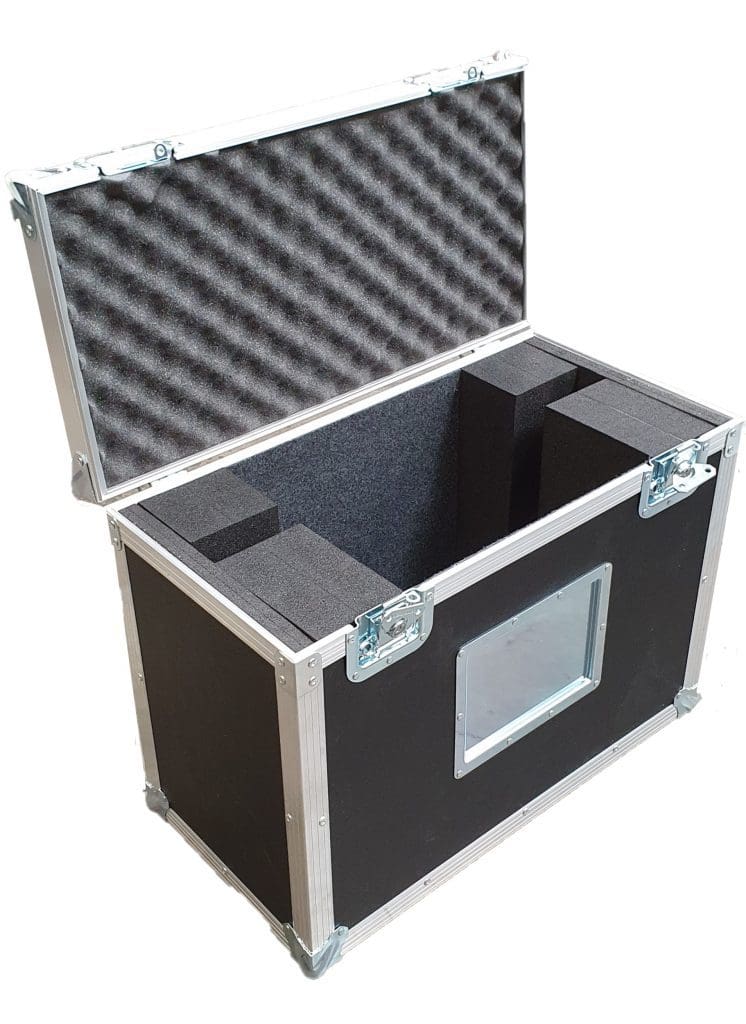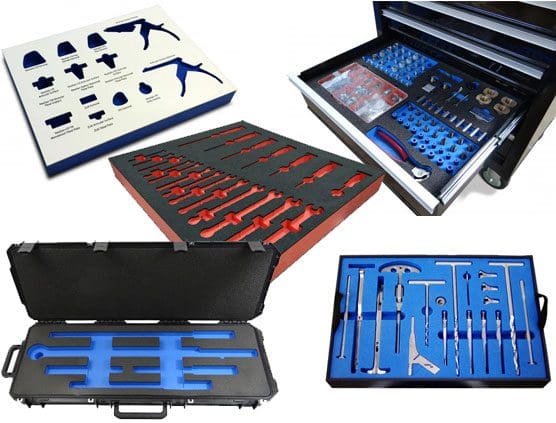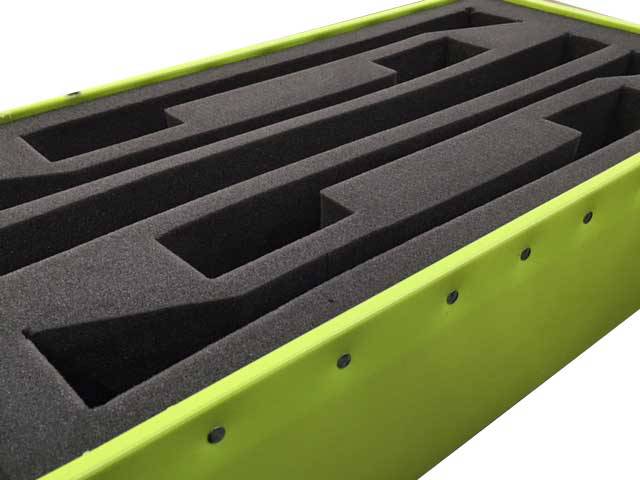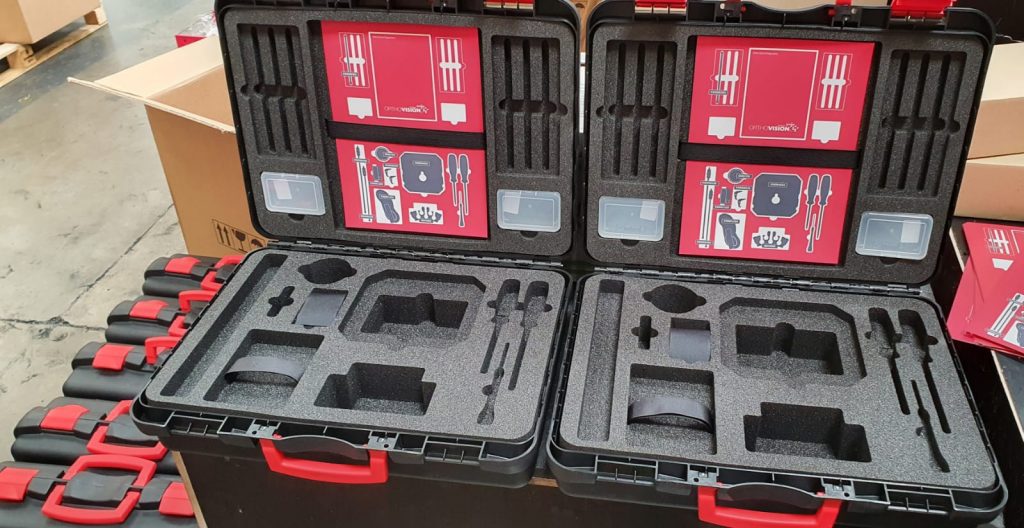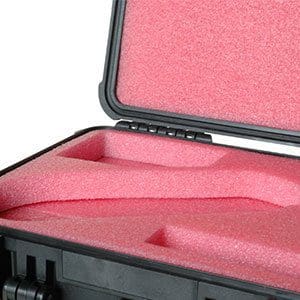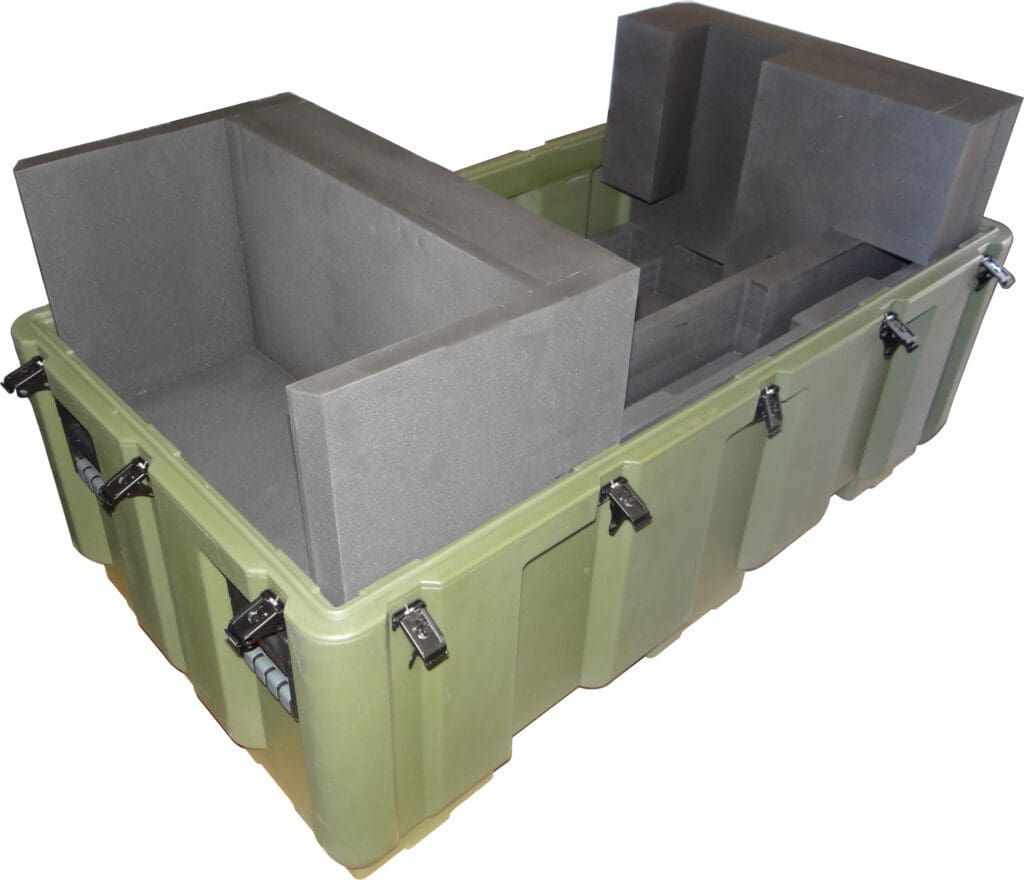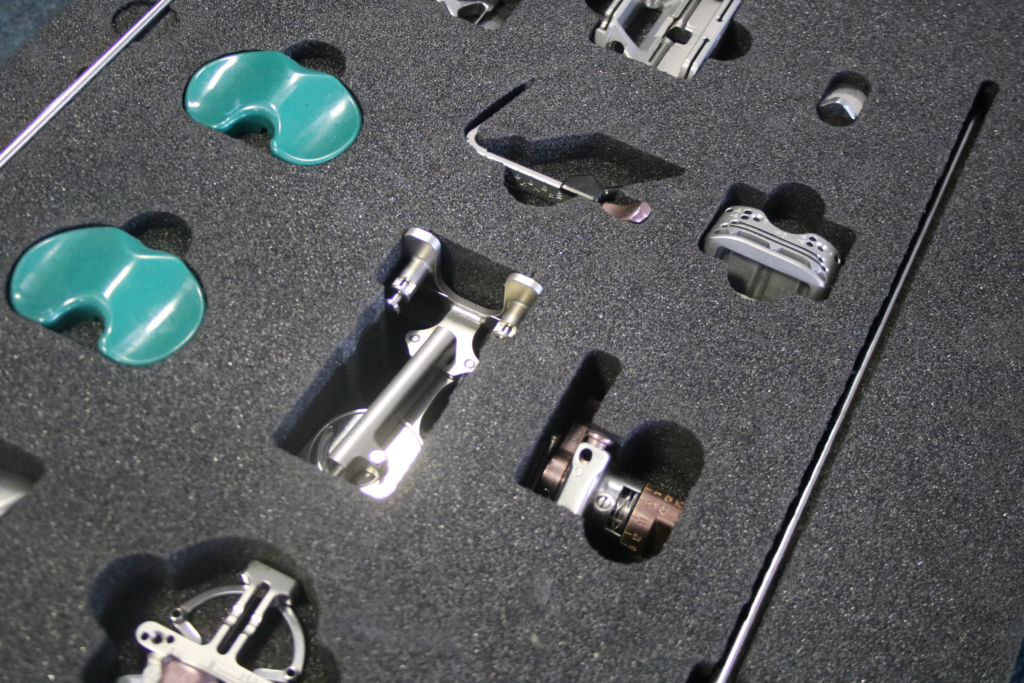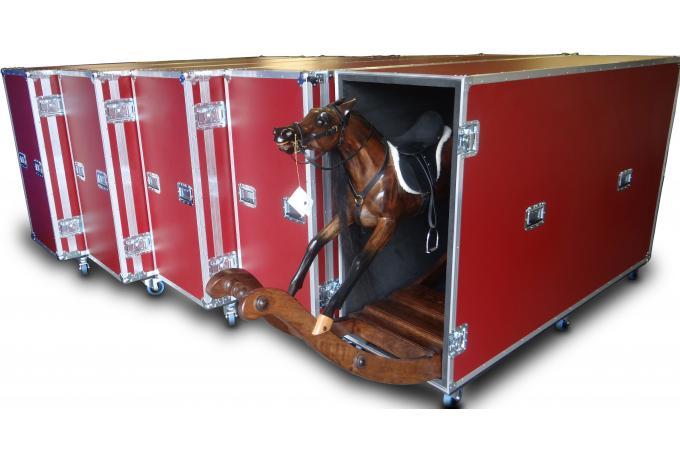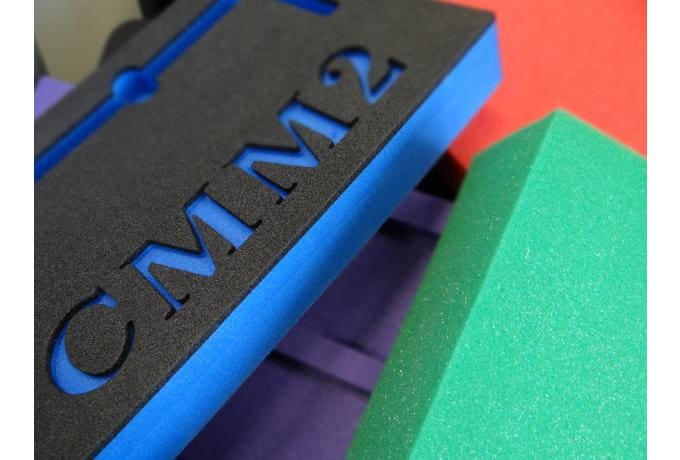
Introduction to Plastazote Foam
Plastazote foam is a closed-cell, cross-linked polyethylene foam that provides excellent cushioning and protection for various products and equipment during transit. It is part of the AZOTE family of foams, manufactured by Zotefoams, and has become the go-to material for high-performance foam packaging.
Closed-Cell Structure
Unlike open-cell foams that have interconnected cells, Plastazote foam’s closed-cell structure means that each cell is separate and not connected to its neighbours. This feature prevents the absorption of gases and liquids, making it water-resistant and buoyant.
Nitrogen Cells
Plastazote foam is composed of nitrogen cells held within a polyethylene material. These cells give the foam its unique properties, such as being lightweight, odorless, and non-toxic. Furthermore, its polyethylene composition provides exceptional chemical resistance against most oils, solvents, acids, and alkalis.
